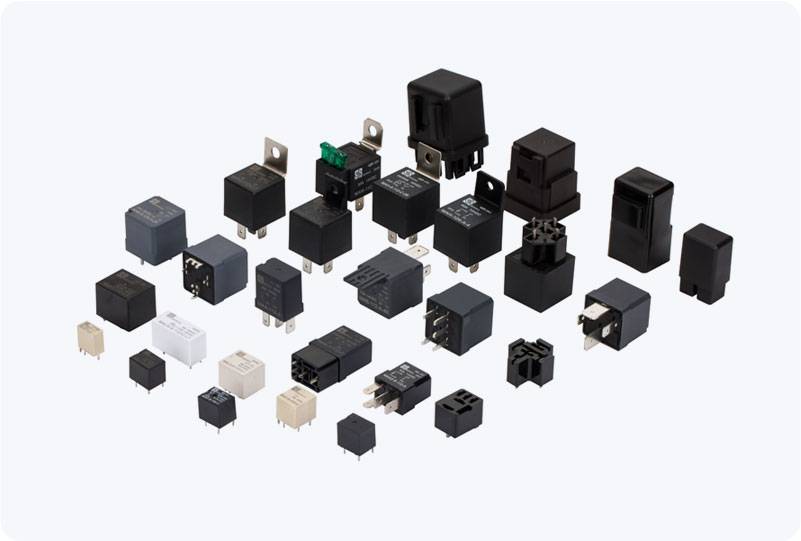The Vacuum Arc Extinguishing Relay (VAER) is a cutting-edge technology used in high-voltage circuit breakers and electrical switchgear. This device leverages the power of vacuum to extinguish electrical arcs in high-power systems, offering distinct advantages over traditional arc-extinguishing technologies such as oil and air. With increasing demands for reliable, efficient, and long-lasting electrical systems, VAER has emerged as a crucial component in modern power systems. This article explores the working principles, advantages, and applications of the Vacuum Arc Extinguishing Relay, emphasizing its role in improving the reliability and longevity of electrical equipment.

Working Principle of VAER The core function of a Vacuum Arc Extinguishing Relay is to interrupt electrical currents and extinguish the arc formed when a circuit is broken. In a high-voltage circuit breaker, when the contacts open, an electrical arc is formed between the contacts as the current attempts to continue flowing. Under normal conditions, this arc must be extinguished quickly to avoid damaging the electrical components and prevent dangerous situations. This is where the vacuum environment within the VAER comes into play. In a vacuum, there is a significant reduction in the number of particles and ions that can conduct electricity. When the circuit breaker operates and the contacts open, the arc produced between them dissipates rapidly due to the vacuum’s high insulation resistance. The lack of conducting particles prevents the arc from sustaining itself, and the arc is effectively extinguished as soon as the contact gap increases, resulting in a clean and safe interruption of current.